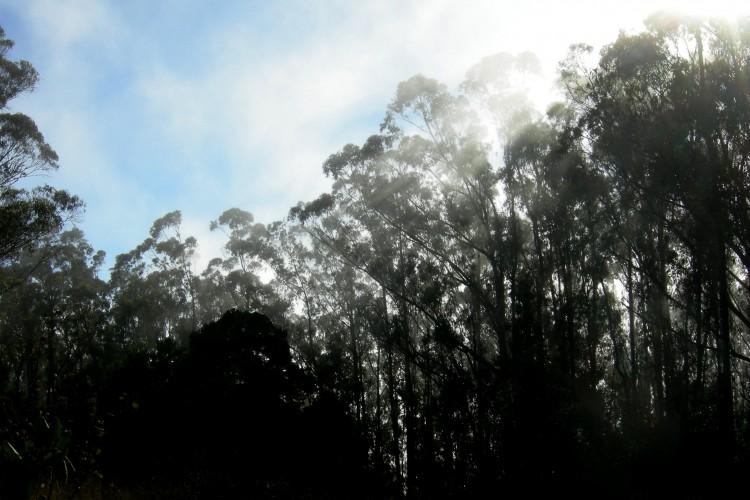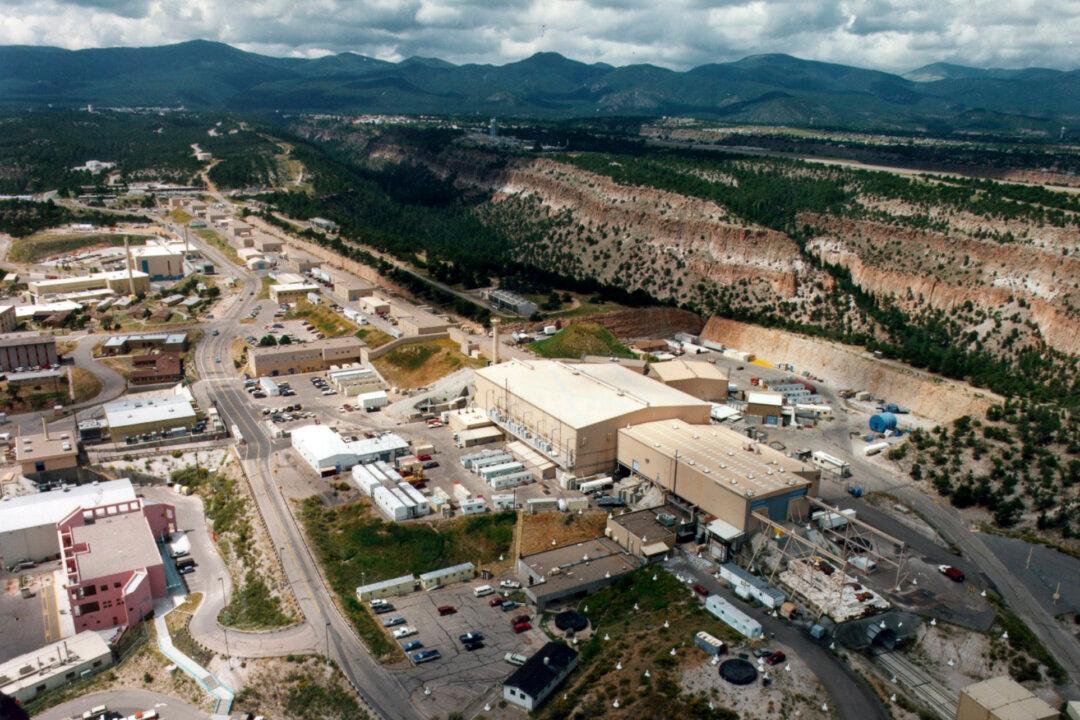SAN FRANCISCO—Whether or not Mount Sutro would be reduced to a third of its size was still unclear Tuesday night at a hearing in which crowds of nearby residents were in attendance at UCSF’s Parnassus Heights campus.
The hearing was to solicit public comments on the Mount Sutro Open Space Reserve Draft Environmental Investigation Report (EIR), released in January.
Named after San Francisco’s former mayor Adolph Sutro, who planted the non-native Blue Gum Eucalyptus trees there in 1886, the forest has a Permanent Open Space designation.
The draft EIR is required by the California Environmental Quality Act to examine the university’s “most aggressive management practice contemplated.”
“Under full or worst-case implementation of management activities under the proposed project, approximately 60% of all the existing trees, including large and small trees, could be removed from the Reserve, the majority of which would be small trees less than 12 inches in diameter,” the report description states.







